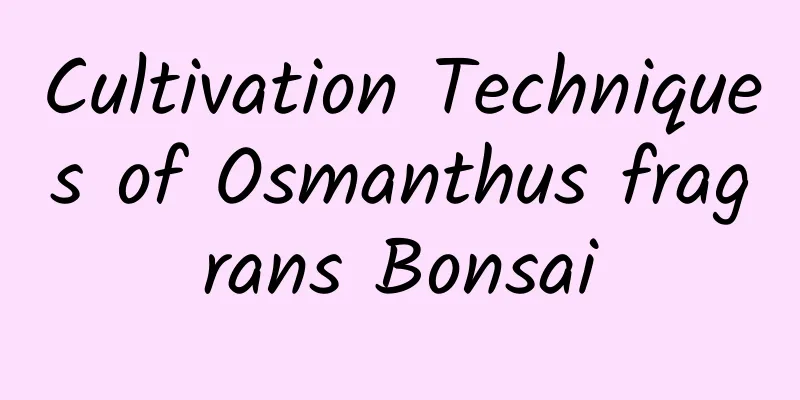What kind of soil should be used to repot orchids? Can the soil used to grow succulents be used to grow orchids?

1. What soil should I use to repot orchids?When repotting orchids, you need to use planting materials that are breathable, moisturizing and contain certain nutrients. Moreover, when changing the soil, you should pay attention to the fact that orchids are mainly divided into two types: epiphytic orchids and terrestrial orchids. Different planting materials should be selected when changing the soil for these two types of orchids. 1. What kind of planting material should be used for epiphytic orchids?Because epiphytic orchids are orchids that grow on rocks or other trees, they cannot be grown using ordinary culture soil. When changing the soil, it is recommended to mix rotten bark, gravel, sphagnum moss, expanded clay, tree fern roots, charcoal, volcanic rocks, etc. and use them as planting materials. This kind of planting material is breathable enough and is very suitable for its growth. 2. What kind of planting material should be used for terrestrial orchids?Terrestrial orchids can take root and grow directly in the soil, so the planting material can be mixed with leaf mold, peat soil, river sand and other soils. Before repotting, you can lay a layer of pebbles or expanded clay at the bottom of the pot as a drainage layer to prevent water from accumulating in the planting material. After planting, you can lay a layer of volcanic stone, fairy soil or sphagnum moss on the top. 2. Can I use the soil I use to grow succulents to grow orchids?Generally speaking, epiphytic orchids cannot be grown directly in the soil used to grow succulents. However, terrestrial orchids can be grown in the same soil used to grow succulents. Because the soil for growing succulents also needs to meet basic conditions such as breathability, moisture retention, and fertility, such a growth environment is also very suitable for terrestrial orchids. |
<<: How to raise chickens at home
>>: The breeding methods and precautions of Brazilian iron
Recommend
Pineapple cultivation method
1. Unified cultivation 1. If you want to plant an...
Does cat's eye arrowroot bloom?
Does cat's eye arrowroot bloom? Don’t be fool...
The flower language of random grass
1. Form Sesame grass, also known as sesame flower...
What to do if the cyclamen flower stem becomes soft
What to do when the flower stem becomes soft Solu...
Does the drug-addicted grass bloom?
Does the drug-addicted grass bloom? The drug-suck...
Cultivation methods and precautions of white chrysanthemum (maintenance methods of white chrysanthemum)
White chrysanthemum succulent has been a very pop...
How to grow Lithops quickly
1. Soil Lithops is not tolerant to waterlogging, ...
What to do if the green radish vine is too long
1. Pruning Method: Pruning is usually done in spr...
Things to note when Cyclamen blooms, what to do if the leaves turn yellow when it blooms
1. Precautions during flowering period 1. Light: ...
What kind of fertilizer is good for tea tree base fertilizer (base fertilizer application method)
The role of tea tree base fertilizer As a perenni...
What do the leaves of the silver tree look like?
1. Leaf shape The leaves of the silver tree are l...
Cultivation method of Camellia Impatiens
Cutting propagation of Impatiens balsamina Camell...
What are the varieties of sage?
Bagdan Sage Bagdan sage is extremely resistant to...
Can Desert Rose be placed in the bedroom?
1. Can it be put The answer is very affirmative, ...
Video of spider plant cuttings: A simple method of spider plant cuttings, one pot becomes ten pots
Chlorophytum cutting video How to propagate spide...









